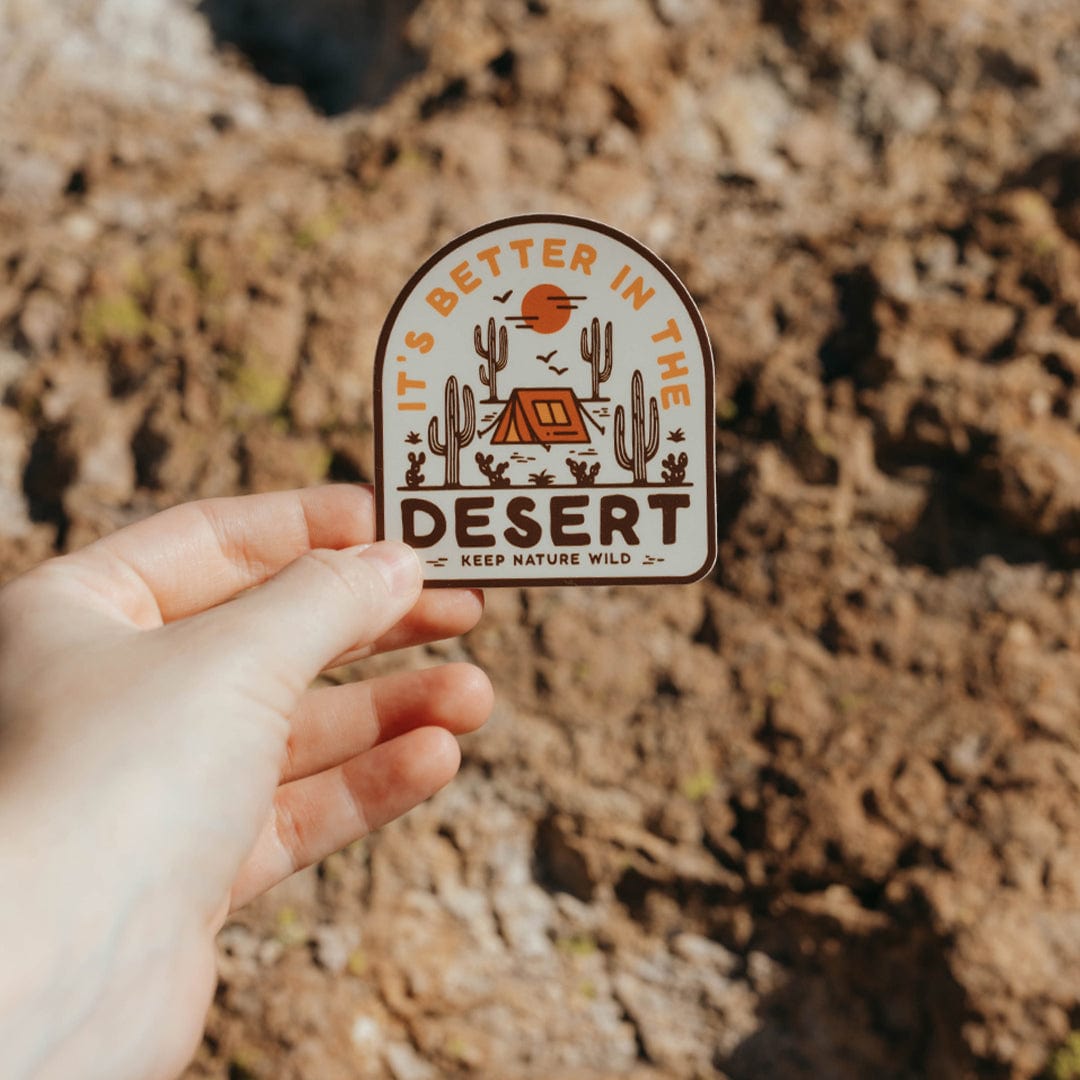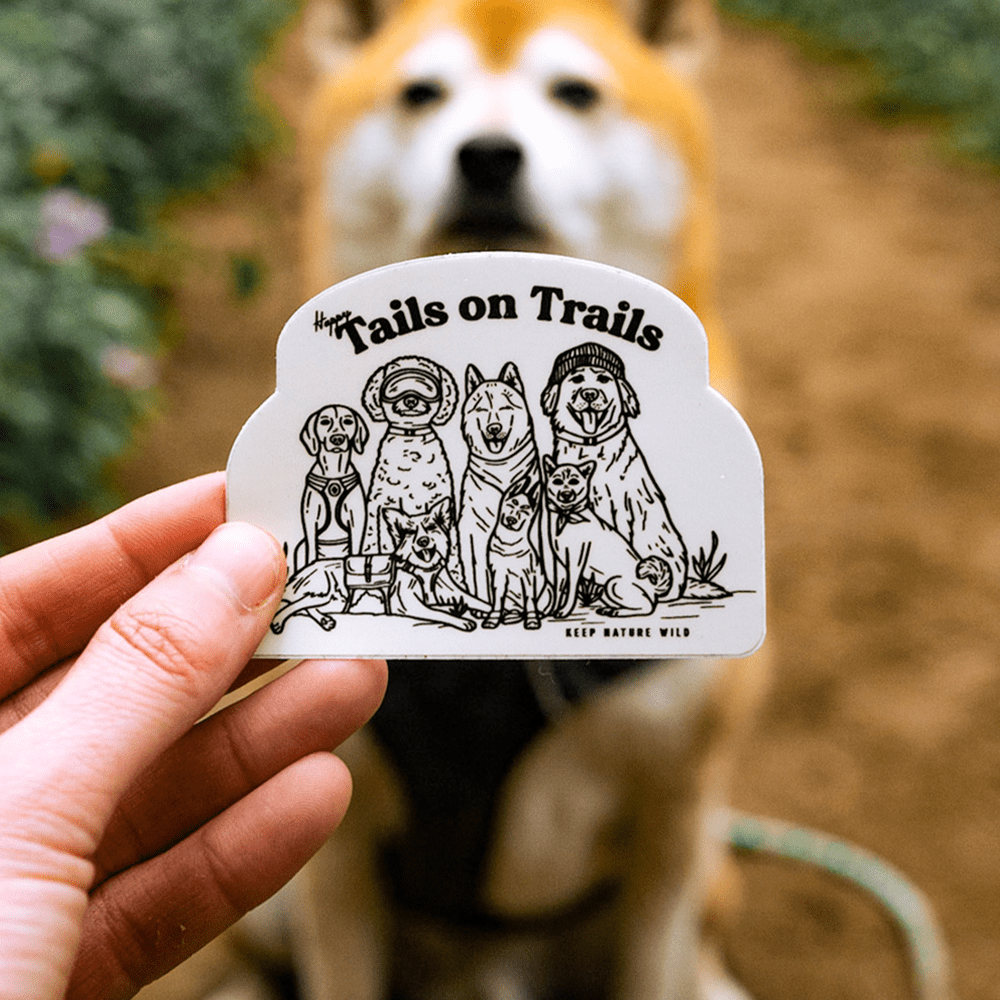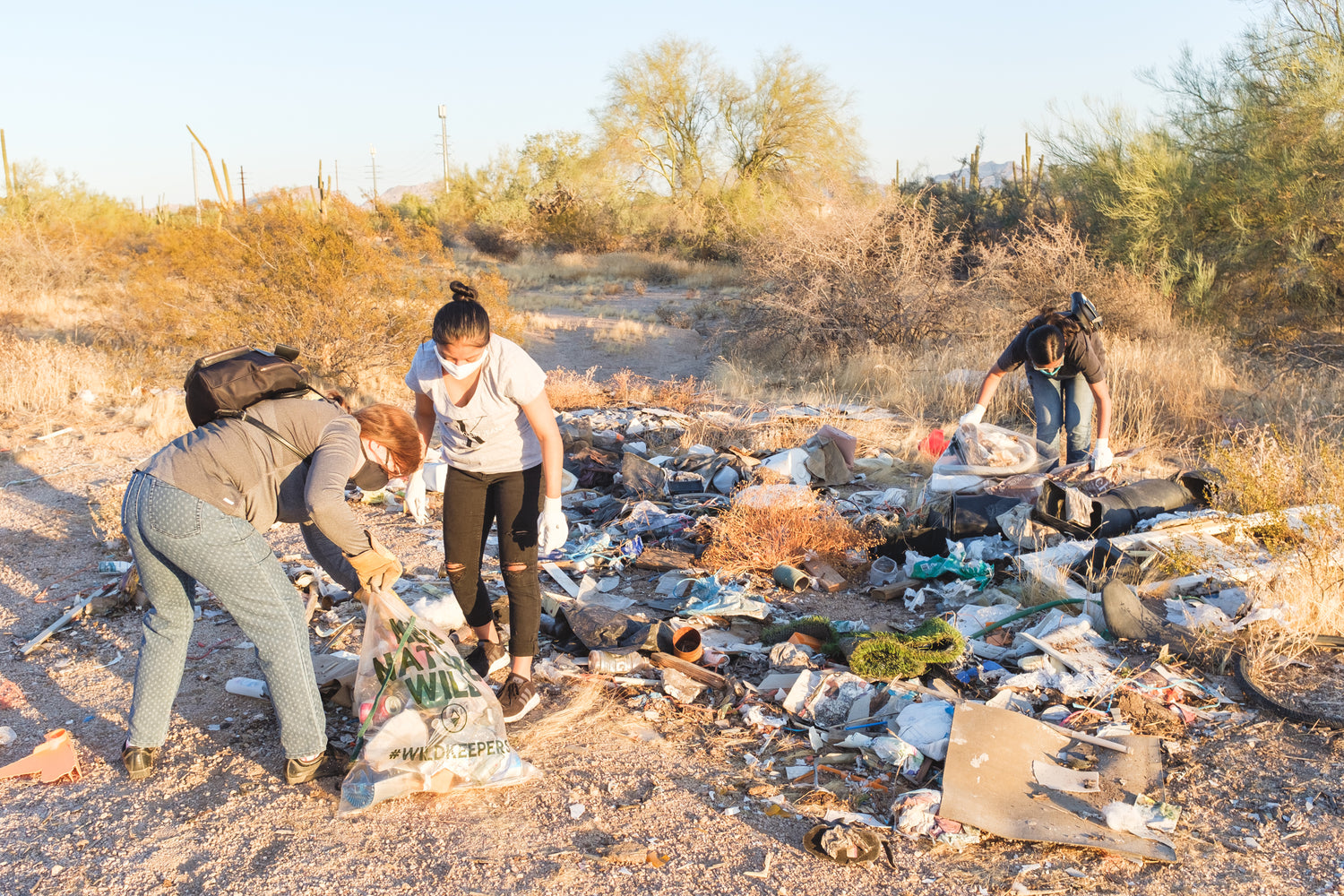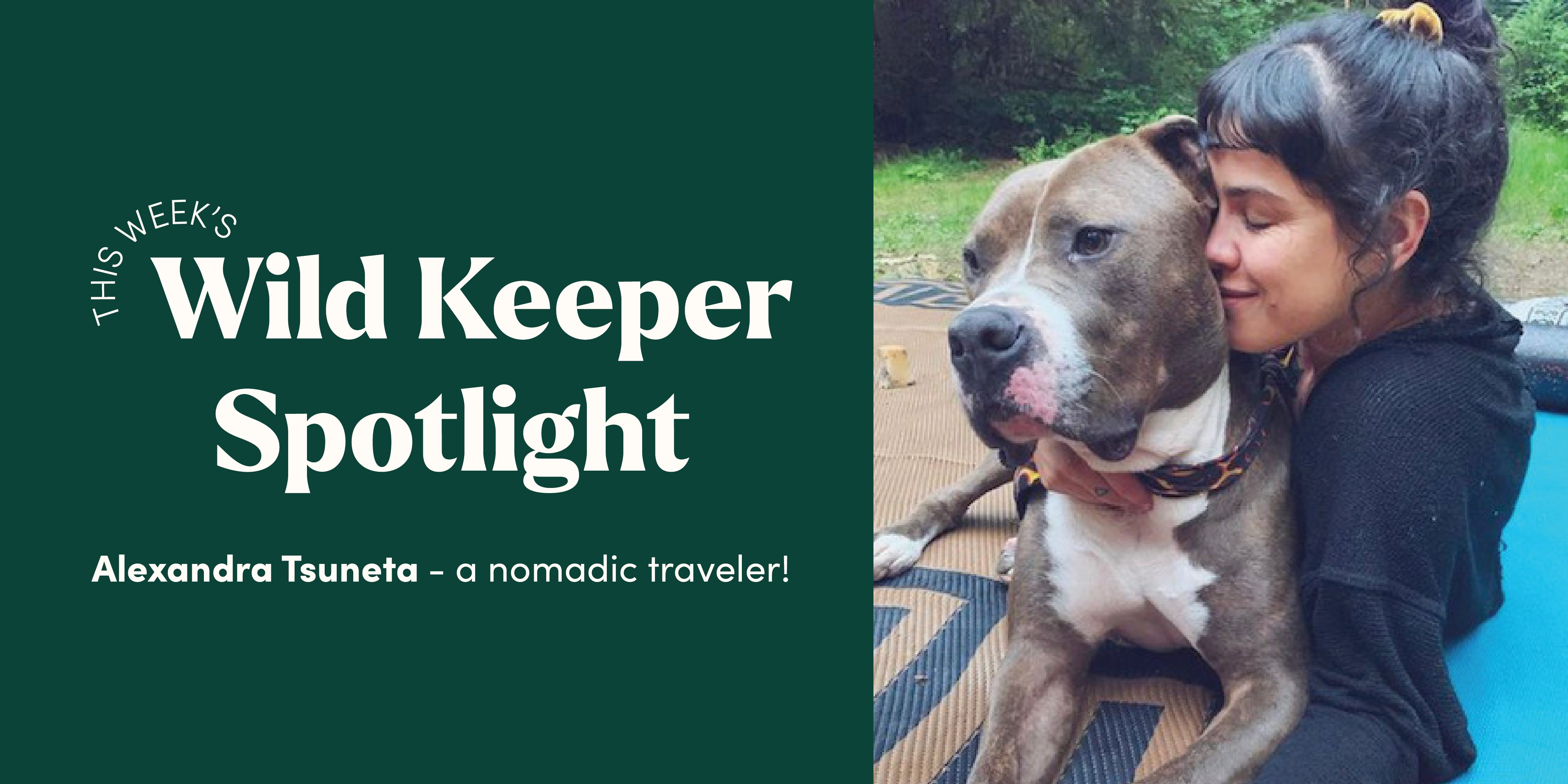There are so many conservation efforts and ways to create positive impact for the planet. Maybe you think picking up litter sounds like a waste of time or less valuable than other efforts but here are some stats for you:
🌎 If we spent just one hour today picking up trash, you would potentially remove thousands of pieces of trash, beautifying the area while also protecting wildlife, plant life, waterways, soil and ecosystems from toxic and dangerous chemicals and materials they shouldn’t be introduced to.
🌍 If every person picked up just ONE piece of trash today, there would be over 300 million fewer pieces of litter
🌍 If every person picked up 10 pieces of litter there would be 3 Billion fewer pieces damaging our environment
🌍 250 million tons of trash are produced each year in the United States
🌍 Animals from nearly 443 species are entangled in or ingest marine debris annually (imagine urban animals and wildlife near cities, illegal dump sites, campsites and trailheads 👀)

According to the Ocean Conservancy, “The story of plastic is the story of all of us. Plastic touches all of our lives, from the food packaging we buy to the computers we work with and the cars we drive. But many of the plastics you touch in your daily life are used only once and thrown away. So much of this plastic is ending up in the ocean that in just a few years, we might end up with a pound of plastic for every three pounds of fish in the sea. But the future of plastics in our ocean will be determined by the way we handle plastics on land.“
The BBC shares that there are at least five plastic-infested gyres in the oceans of the world. The Great Pacific Garbage Patch is said to hold the most floating plastic - an estimated 79,000 tonnes in a region of more than 610,000 square miles (1.6m sq km).
They also make a point to shine light on the fact that landfills are a major source of greenhouse gases stating that, "landfills are a major source of methane, a greenhouse gas more than 80 times more powerful than carbon dioxide in destabilizing the environment. In 2017, the EPA reported that municipal solid waste landfills were the third-largest source of human-related methane emissions in the U.S., at 14.1%."

It is important to remember, as humans, we are all part of the problem as we purchase items wrapped in plastic, delivered in non-sustainable or compostable materials and consuming materials rapidly, even purchasing clothing that is fast fashion and throwing them away as they break down quickly. This means, we all have a responsibility to care for the planet and reduce our impact in any way we can.
If you love experiencing nature, you can be part of preserving and caring for these natural spaces by just picking up a piece of trash. You may not have created the problem, but it sure feels good to be a part of the solution.







Leave a comment
All comments are moderated before being published.
This site is protected by hCaptcha and the hCaptcha Privacy Policy and Terms of Service apply.